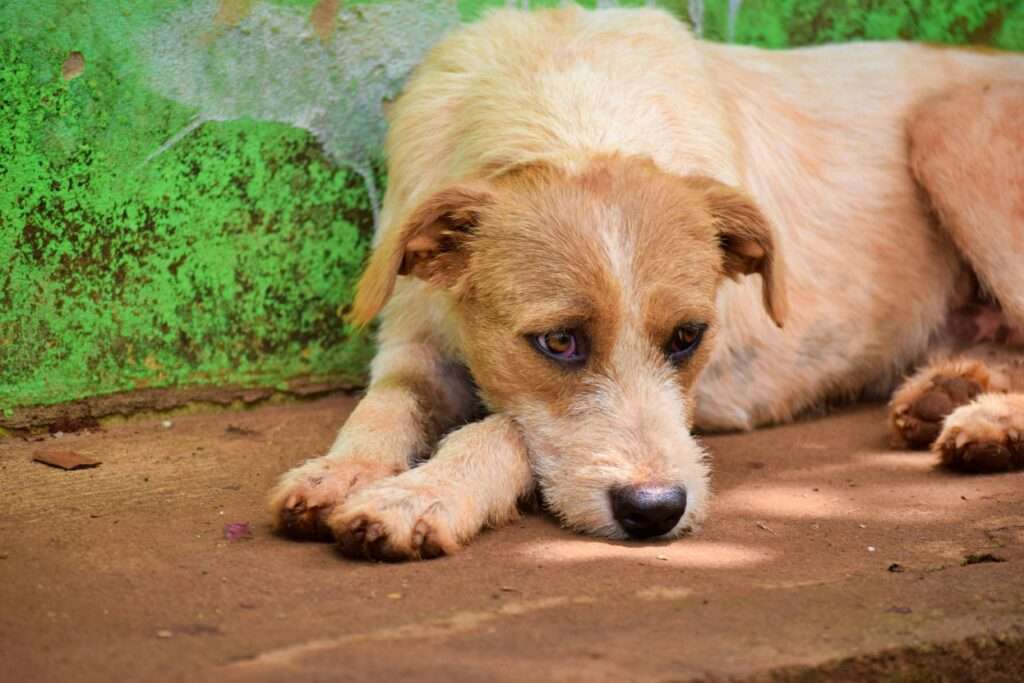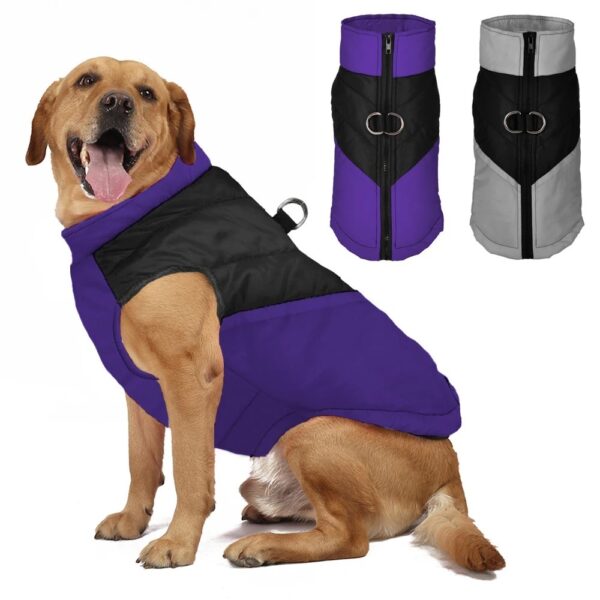One of the most prevalent cancers identified in veterinary practice is skin cancer in dogs. Dogs are susceptible to many forms of skin cancer, with differing degrees of severity, much like people. Despite being less talked about than other pet cancers, skin cancer is quite common and has a big impact. The purpose of this article is to give readers a thorough overview of canine skin cancer, covering its kinds, causes, symptoms, diagnosis, available treatments, and prevention.
Recognizing Dog Skin Cancer
When aberrant skin cells proliferate out of control and form a tumor, skin cancer results. These tumors in dogs may be malignant (cancerous) or benign (non-cancerous). Cancerous growths
1. Types of Skin Cancer in Dogs
There are various types of skin cancer in dogs. Among the most prevalent are:
- MCTs, or mast cell tumors
One of the most prevalent malignant skin malignancies in dogs is mast cell tumors. Mast cells, a subset of white blood cells implicated in inflammation and allergy responses, are where these tumors grow. From benign to extremely malignant, mast cell tumors have the potential to spread to other bodily organs like the liver or lymph nodes. - Signs of tumors of the mast cells:
- firm, elevated, and frequently moveable masses.
Inflammation - Redness surrounding the tumor location
The tumor’s ulceration or crusting
Occasionally, fatigue, vomiting, or loss of appetite (if the tumor has spread)
- firm, elevated, and frequently moveable masses.
2. Squamous Cell Carcinoma (SCC)

Squamous cells, the flat cells on the skin’s outermost layer, are the source of squamous cell carcinoma, a form of malignant tumor. This kind of cancer is more prevalent in older dogs and frequently develops in hairless areas like the face, ears, or abdomen.
Symptoms of Squamous Cell Carcinom
Elevated skin growths that are ulcerated
Alterations in the skin’s color or texture
Discharge or bleeding from the afflicted area
Hemangiosarcoma
Hemangiosarcoma (HSA) is a highly aggressive and malignant cancer in dogs that originates from the cells lining blood vessels. Since these cells are found throughout the body, hemangiosarcoma can develop in various organs, most commonly the spleen, heart, liver, and skin.
HSA is often called a “silent killer” because it grows unnoticed until it reaches an advanced stage, leading to sudden internal bleeding or collapse. It is most common in breeds like German Shepherds, Golden Retrievers, and Labrador Retrievers.
Symptoms of Hemangiosarcoma:
- Sudden weakness or collapse
- Pale gums due to internal bleeding
- Rapid breathing or heart rate
- Swollen abdomen
3.Basal Cell Tumors

Hair follicles include basal cells, which make up basal cell tumors, which are usually benign. Despite being less aggressive, these tumors have the potential to enlarge and may cause discomfort for the dog.
Signs of tumors of the basal cells:
Small, elevated skin lumps that frequently show up on the head or neck
Slow expansion
Not that uncomfortable unless you’re annoyed
4. Fibrosarcoma:
The skin or underlying tissues may develop fibrosarcoma, a malignant malignancy of the connective tissue (fibrous tissue). Although these tumors are frequently locally invasive, if treatment is not received, they may spread to other locations.
The signs of fibrosarcoma include:
Moveable, firm lumps that have the potential to develop ulcers
Changes in the skin that are visible, including redness or edema
Tenderness or pain in the vicinity of the afflicted area
Causes and Risk Factors of Skin Cancer in Dog

Although the precise origin of canine skin cancer is frequently unknown, the following risk factors raise the possibility of getting the disease:
Sun Exposure: Dogs who receive too much sunshine, especially those with thin or light-colored coats, are more likely to acquire skin cancer, especially squamous cell carcinoma, just like people. Skin cells’ DNA is harmed by UV radiation, which can result in mutations that cause cancer.
Age: Dogs who are older have a higher chance of getting skin cancer. Middle-aged to older dogs are more likely to be diagnosed with many skin malignancies, including mast cell and basal cell tumors.
Breed Predisposition: Some dog breeds have a higher risk of getting particular kinds of skin cancer.
Genetic Factors: Certain dogs may be more susceptible to skin cancer due to genetic predispositions. Breeds that are more likely to develop specific tumor kinds, for example, may inherit such qualities from their genes.
Chronic Skin Conditions: Due to ongoing irritation and alterations in skin cells, dogs with persistent skin inflammation, infections, or allergies may be more susceptible to skin cancer.
Symptoms of skin cancer in dogs:
The type of tumor, its location, and whether it is benign or malignant can all affect the symptoms of skin cancer. The following are typical indicators of skin cancer in dogs:
Skin lumps or bumps: These can be tiny or huge, and they can develop gradually over time or present all at once.
Changes in pre-existing skin growths: A pre-existing mole or lump may be an indication of cancer if it becomes bigger, changes color, or starts to bleed.
Open sores or ulceration: Tumors may rupture or form painful, infection-prone ulcers.
Discharge or bleeding: Certain tumors have the ability to release fluid or bleed.
Redness or swelling surrounding the tumor may be a sign of infection or inflammation.
Diagnosis of Skin Cancer in Dogs

It is critical to get veterinarian care right away if a dog exhibits symptoms of skin cancer. After conducting a physical examination, the veterinarian may suggest the following diagnostic procedures:
Fine Needle Aspiration (FNA): A sample of tumor cells is taken with a needle and viewed under a microscope to assess whether the cells are malignant.
Biopsy: The veterinarian may occasionally suggest a biopsy, which entails taking a sample of the tumor for examination in a lab.
X-rays or Ultrasound: Imaging tests like X-rays or ultrasound may be done to check for metastases to internal organs like the liver or lungs if the cancer is suspected of having spread.
Treatment Options for Skin Cancer in Dogs

The type of cancer, the tumor’s size and location, and whether it has spread determine how a dog’s skin cancer is treated. Typical forms of treatment consist of:
- Surgical Excision
For isolated skin tumors, surgical removal is frequently the initial course of treatment. Complete tumor removal is frequently curative, particularly for benign tumors. Wider margins and more vigorous surgical resection may be necessary for malignant tumors in order to guarantee that all cancer cells are removed. - Treatment with Radiation
Radiation therapy may be used to reduce the tumor or stop its growth if surgery is not an option or if the tumor cannot be removed. For cancers such as mast cell tumors or squamous cell carcinoma, radiation therapy is frequently used. - Chemotherapy For malignant tumors that have progressed outside of the skin, chemotherapy could be advised. Drugs used in chemotherapy either kill or limit the growth of cancer cells. Chemotherapy may be used in conjunction with other treatments for skin cancers that have spread, even though it is usually more successful for internal tumors.
- Freezing (Cryotherapy)
Treatment options for some superficial cancers, like basal cell tumors, include freezing or cryotherapy. In order to kill the tumor cells, this technique uses extremely freezing temperatures. - Immunotherapy
New therapies like immunotherapy battle cancer by utilizing the dog’s immune system. Immunotherapy has shown promise in the treatment of mast cell malignancies; however, it is still in the experimental stage for several cancers.
Products
Big Dog Jacket For Small Medium Large Dogs Cats
122 in stock
Calming Diffuser Dog Calming Spray For Dogs
188 in stock
Dog Mouth Freshener Remove Tartar Tooth Stain Bad Breath
99 in stock






[…] cell tumors are among the most common skin cancers in dogs. They can appear as lumps on or under the skin and may vary in size and texture. These […]